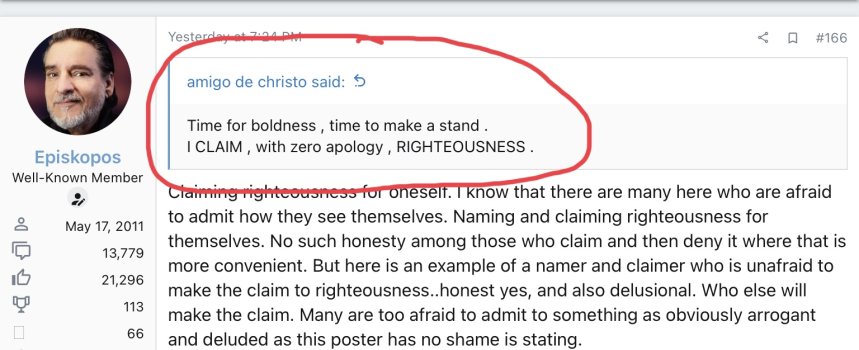How do we prepare is an important question to look at.....back in bible times marriages were generally arranged by the parents when the parties were still young and the betrothal was long, so essentially being prepared and ready for the marriage meant the young maiden had matured and grown up.
The ancient Jewish wedding, particularly in the context of biblical times, is rich in tradition and symbolism, often reflecting the relationship between God and His people. Here’s a detailed explanation of the process, steps, and customs involved:
1. Betrothal (Erusin or Kiddushin):
The Shidduch (Matchmaking)**: The process often began with the parents or a matchmaker arranging a match. Marriages were usually arranged within the same community, and the groom's family would seek a suitable bride for their son.
The Ketubah (Marriage Contract)**: Once a match was agreed upon, the terms of the marriage were formalized in a contract called the Ketubah. This document outlined the groom's obligations to the bride, including financial responsibilities and promises of care. The Ketubah was a legal document, and it provided protection for the bride's rights within the marriage.
The Bride Price (Mohar)**: The groom paid a bride price, known as the Mohar, to the bride's family. This was not a purchase but rather a symbolic act representing the groom's commitment and responsibility. It also served as a form of insurance for the bride in case of the husband's death or divorce.
The Cup of Wine:** After the Ketubah was signed, the couple would drink from a cup of wine, symbolizing the sealing of their covenant. This act marked the official beginning of the betrothal period.
The Betrothal Period:** Unlike modern engagements, the betrothal (Erusin or Kiddushin) was legally binding and could only be broken by a formal divorce. During this period, the bride and groom were considered husband and wife, though they did not live together. The groom would go away to prepare a place for the couple, often building an addition to his father's house.
2. The Waiting Period (Preparation):
The Bride’s Preparation:** During the waiting period, which typically lasted about a year, the bride would prepare herself for the upcoming marriage. This involved gathering personal items, making her wedding garments, and spiritually preparing for her new role as a wife.
The Groom’s Preparation:** The groom was responsible for preparing a place for his bride, usually in his father’s house. This process could take time, and the groom had to ensure everything was ready before the wedding could take place.
3. The Wedding Day (Nissuin):
The Wedding Procession:** The wedding day was a time of great celebration. The groom, accompanied by his friends and family, would leave his house and go to the bride’s home to bring her back to his father's house. This event usually took place at night, and the groom's party carried torches or lamps.
The Arrival of the Groom:** The exact timing of the groom's arrival was often a surprise, and the bride and her attendants had to be ready at any moment. This part of the wedding has a strong parallel to the parable of the ten virgins in Matthew 25, where the bridegroom’s arrival is sudden.
The Wedding Ceremony:** Once the groom arrived at the bride’s home, she would be escorted by a procession back to the groom’s house. The couple would then participate in a formal wedding ceremony under a canopy (chuppah), symbolizing the new household being established.
The Blessings:** The wedding ceremony included seven blessings (Sheva Brachot) recited over a cup of wine. These blessings praised God, spoke of creation, and blessed the couple, their home, and their future together.
The Consummation:** After the ceremony, the couple would retire to a private room (known as the bridal chamber or chadar), where they would consummate the marriage. The bride would present a token of her virginity to her parents as proof, which was kept as evidence in case any disputes arose.
4. The Wedding Feast:
The Celebration:** The wedding feast was a joyful celebration that could last up to seven days. Guests would eat, drink, and celebrate with the bride and groom. This feast was a time for the community to share in the couple's joy and to honor their union.
The Significance of the Feast:** The wedding feast in ancient Jewish culture was more than just a party; it symbolized the joy and fulfillment of the covenant between the bride and groom. In a broader sense, it pointed to the ultimate fulfillment of God's promises to His people.
5. Spiritual and Messianic Symbolism:
The Bridegroom and the Bride:** In the Bible, God is often depicted as the bridegroom, and Israel or the Church as the bride. The ancient Jewish wedding customs are seen as a foreshadowing of the relationship between Christ and His Church. For example, just as the groom goes away to prepare a place, Christ has ascended to prepare a place for His followers (John 14:2-3).
The Betrothal and Covenant:** The betrothal period symbolizes the current age, where believers are "betrothed" to Christ, living in expectation of His return to take them to the marriage feast of the Lamb (Revelation 19:7-9).
The Wedding Feast:** The final wedding feast can be seen as a symbol of the future Messianic banquet, where Christ and His bride, the Church, will be united forever in the Kingdom of God.
Conclusion:
The ancient Jewish wedding was not just a social event but a deeply spiritual and covenantal act that reflected the values, beliefs, and hopes of the Jewish people. Its customs and traditions have profound implications for understanding biblical themes, particularly in how they foreshadow the relationship between God and His people. The detailed steps—from the betrothal to the final wedding feast—paint a beautiful picture of commitment, preparation, anticipation, and ultimate union, which resonate throughout the Scriptures and carry significant spiritual meaning for believers today.
Couldn't let this opportunity slip by-
J.



